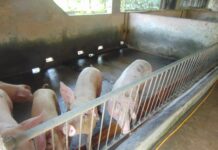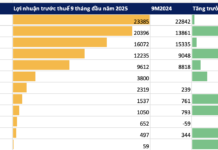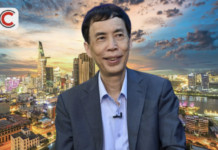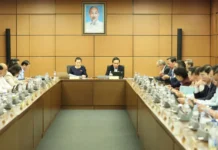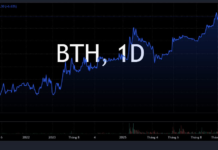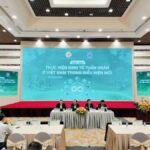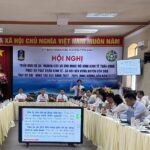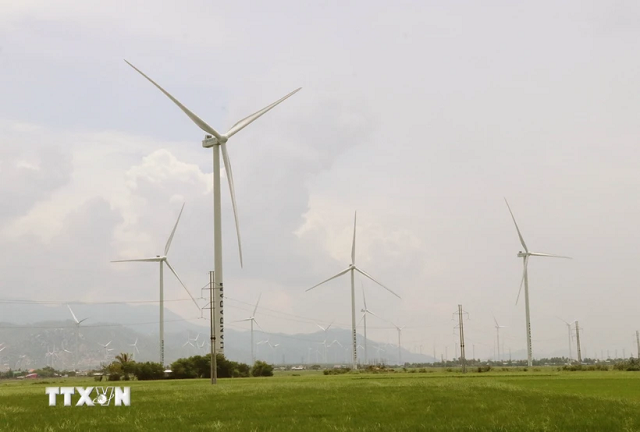
Vietnamese businesses face challenges in adopting sustainable practices. Photo: Nguyen Bang
Vietnamese Enterprises Confront Challenges in Embracing Green Production
At the National Conference on Sustainable Production and Consumption 2024, held by the Ministry of Industry and Trade in Da Nang on September 19, Mr. Nguyen Duc Tri, Vice President of the Vietnam Textile and Apparel Association (VITAS), shared insights into the evolving landscape of the textile industry. He noted that countries are imposing stricter requirements on textile products, encompassing carbon emission standards, safe chemical use, and recycled content. These new regulations compel domestic enterprises to adopt cleaner production processes, including the utilization of clean and renewable energy sources, recycled materials, and waste reduction strategies.
To adapt, many textile businesses have ventured into niche markets by producing recycled fabrics from PET plastics, recycled cotton, and sustainable fibers derived from bamboo and tree bark. This shift toward sustainable consumption and production, promoting a circular economy, presents considerable challenges due to the requisite changes in technology and manufacturing processes. The financial burden of transitioning to sustainable practices is particularly acute for small and medium-sized Vietnamese textile companies.
Mr. Tri emphasized that embracing circular economy principles demands significant investments from businesses in technology, wastewater treatment systems, energy conservation, and the adoption of recycled materials. Additionally, production costs surge as recycled fabrics, organic cotton, and non-polluting materials tend to be more expensive than traditional alternatives, with supply still being scarce. Waste management and supply chain complexities further exacerbate the challenges faced by enterprises in their journey toward greener production.
“Some businesses view green production and the circular economy merely as a means to comply with international requirements, rather than embracing them as long-term strategic imperatives,” Mr. Tri remarked. He also highlighted the lack of skills in managing sustainable supply chains as a significant impediment for businesses.
Apart from the “greening” standards, businesses cited the absence of a unified global standard for sustainable development in the textile industry as their most significant challenge. This lack of standardization hinders the evaluation and assurance of sustainability within supply chains and products.
In addition to production transformations, the Vietnam Textile and Apparel Association representative suggested that enterprises invest in developing and expanding domestic textile raw materials, such as recycled fibers and environmentally friendly fabrics. This initiative would reduce reliance on imported raw materials while meeting the stringent sustainability demands of international markets. It would also open up opportunities for Vietnamese textile companies to access larger and more stable markets, including the EU, the US, and Japan.
According to the Strategy for the Development of Vietnam’s Textile and Footwear Industries by 2030, with a vision toward 2035, the Vietnamese textile industry is committed to sustainable development, embracing the circular economy model. The government will provide support through preferential loans and tax incentives for green projects, along with training programs to facilitate businesses’ access to sustainable technologies and solutions.
Seizing Opportunities in the Face of Challenges
The Vice President of the Vietnam Textile and Apparel Association asserted that amidst the challenges, the imperatives for green development, clean production, and circular economy also present opportunities for textile enterprises to enhance their brand value and market competitiveness.
“For businesses that proactively and seriously embrace the circular economy, sustainable production and consumption have set them apart in the market, thereby elevating their brand value and increasing profits,” Mr. Tri emphasized.
The Green City: Hanoi’s 70-Year Journey Towards a Circular and Sustainable Economic Future
The income scale of Hanoi has witnessed a remarkable surge, and its economic structure is evolving towards a modern, sustainable, greener, and cleaner model. However, amidst pressing environmental challenges, the focus must now shift towards fostering a green and circular economy in the coming years.
The Green Revolution: Vietnam’s Journey Towards a Circular Economy
The circular economy is pivotal for Vietnam to achieve green growth and a green economy, thus meeting its sustainable development goals. With a focus on reducing waste, promoting sustainability, and encouraging the reuse and recycling of resources, the circular economy offers a robust framework for Vietnam to foster innovation, enhance resource efficiency, and mitigate environmental impacts. By embracing this model, Vietnam can chart a course towards a more resilient and environmentally friendly future, ensuring long-term economic prosperity while preserving the planet for generations to come.
Sustainable Con Dao: Embracing a Circular Economy for Long-Term Prosperity
To foster sustainable development in Con Dao, aviation and high-speed ferry businesses have actively risen to the occasion with a plethora of supportive initiatives. These initiatives are designed to turn the vision of socioeconomic progress, hand in hand with environmental conservation, into a tangible reality.
The Economy Continues its Resilient Recovery
The Vietnamese economy continued its robust recovery, propelled by improving growth dynamics on both the supply and demand sides.

